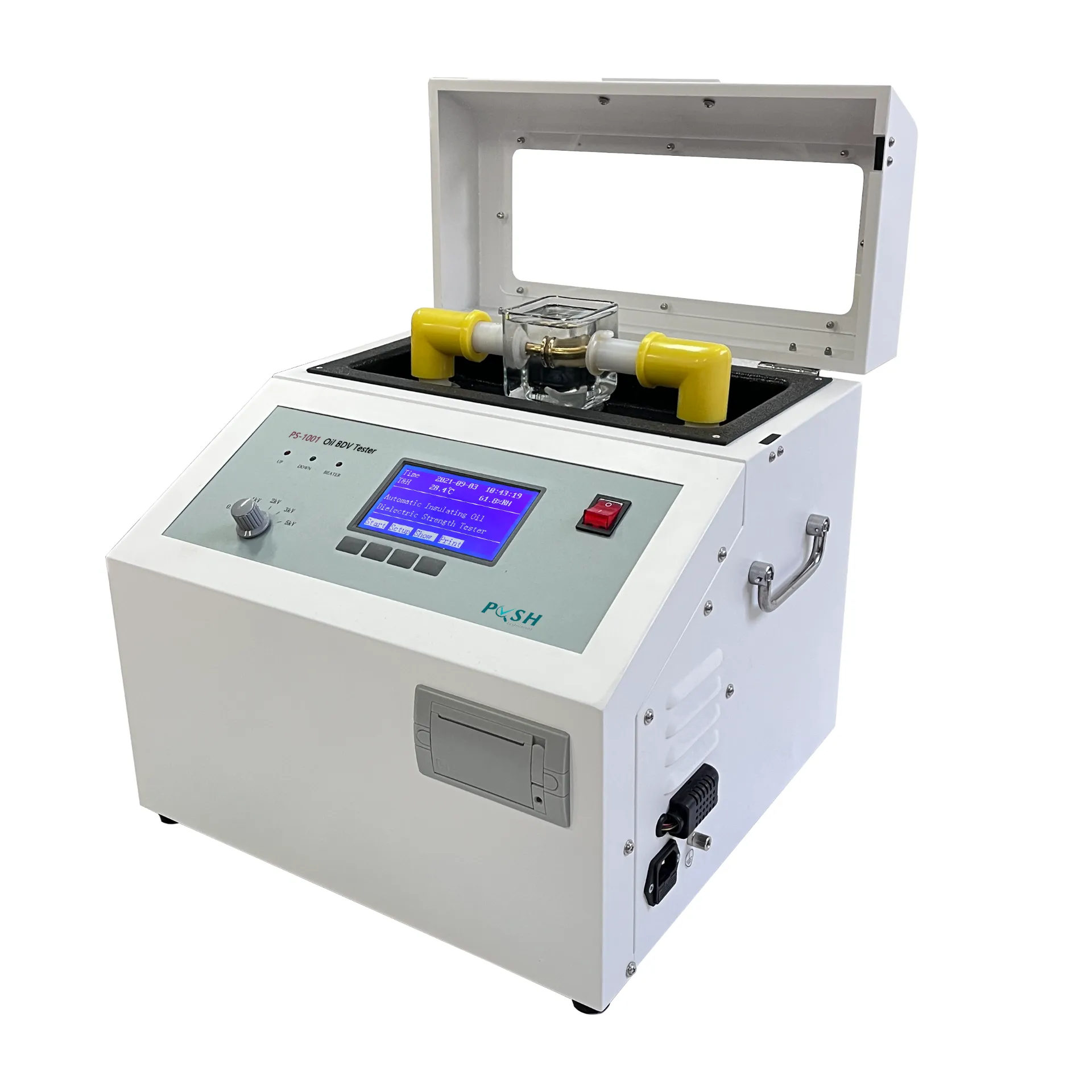 English
English


micro distillation apparatus
Understanding Micro Distillation Apparatus An Overview
Micro distillation is an essential technique in the field of chemistry, particularly in the domains of chemical analysis and separation processes. The apparatus designed for micro distillation is a compact and precise system that enables chemists to separate and purify small quantities of liquid samples. This article delves into the importance, components, functionalities, and applications of micro distillation apparatus.
What is Micro Distillation?
Micro distillation is a refinement process that allows for the separation of components in a liquid mixture based on differences in boiling points. Unlike traditional distillation methods that often require large quantities of materials and substantial energy consumption, micro distillation focuses on minimal volumes, typically ranging from milliliters to microliters. This technique is especially beneficial for isolating precious or rare materials, such as specific organic compounds or solvents, by utilizing smaller sample sizes.
Key Components of Micro Distillation Apparatus
A typical micro distillation apparatus comprises several critical components
1. Distillation Flask This is where the sample is placed. In micro distillation, the flask is designed to hold small volumes of liquid. Often made from glass, the flask also features a narrow neck to support better vapor circulation.
2. Heating Source A controlled heating element or water bath is necessary to gradually heat the sample in the distillation flask. The ability to adjust temperatures accurately is vital for proper separation.
3. Condenser After the vapors rise from the distillation flask, they pass through a condenser where temperature control is crucial. The condenser cools the vapor, allowing it to turn back into liquid form. Micro condensation systems often use various materials, including glass or metal, designed for efficient heat exchange.
4. Receiving Flask The condensed liquid, or distillate, is collected in a separate container known as the receiving flask. This component can be calibrated to collect specific fractions of the distillate.
5. Vacuum System Many micro distillation units are equipped with a vacuum system to lower the boiling point of the substances being distilled. This feature is especially useful for heat-sensitive compounds that may degrade at high temperatures.
Functionality of Micro Distillation Apparatus
micro distillation apparatus

Micro distillation apparatus operates on the principle of phase change under controlled conditions. The process begins by heating the sample in the distillation flask. As the temperature rises, the components with lower boiling points vaporize first. These vapors travel upwards through the neck of the flask, enter the condenser, and are cooled back into liquid form.
The use of a vacuum system intensifies the efficiency of the distillation process. By reducing the pressure, the boiling points of the substances decrease, allowing for distillation to occur at lower temperatures and minimizing the risk of degradation or chemical changes in the sample.
Applications of Micro Distillation
Micro distillation is widely used in various scientific and industrial sectors
1. Analytical Chemistry It is primarily employed to analyze volatile compounds in environmental samples, allowing chemists to determine the concentration of pollutants in air and water.
2. Pharmaceutical Industry Micro distillation is vital for purifying active pharmaceutical ingredients (APIs) in drug formulation, particularly for heat-sensitive compounds that need precise handling.
3. Food and Beverage In the food industry, this technique is used for flavor extraction and analysis of essential oils, ensuring quality control and consistency in products.
4. Research and Development Laboratories utilize micro distillation for chemical synthesis and product development, providing a streamlined method to examine small-scale reactions and outcomes.
5. Education Many educational institutions employ micro distillation apparatus for teaching chemistry principles, as they provide hands-on experience with distillation techniques without the risks associated with larger setups.
Conclusion
In summary, micro distillation apparatus represents a crucial tool in modern chemistry. Its compact design, efficiency, and ability to handle small sample volumes make it an invaluable asset for professionals across various industries. As technology continues to advance, the applications and functionalities of micro distillation are set to expand, paving the way for innovative methodologies in chemical analysis and separation processes.
-
Differences between open cup flash point tester and closed cup flash point testerNewsOct.31,2024
-
The Reliable Load Tap ChangerNewsOct.23,2024
-
The Essential Guide to Hipot TestersNewsOct.23,2024
-
The Digital Insulation TesterNewsOct.23,2024
-
The Best Earth Loop Impedance Tester for SaleNewsOct.23,2024
-
Tan Delta Tester--The Essential Tool for Electrical Insulation TestingNewsOct.23,2024





